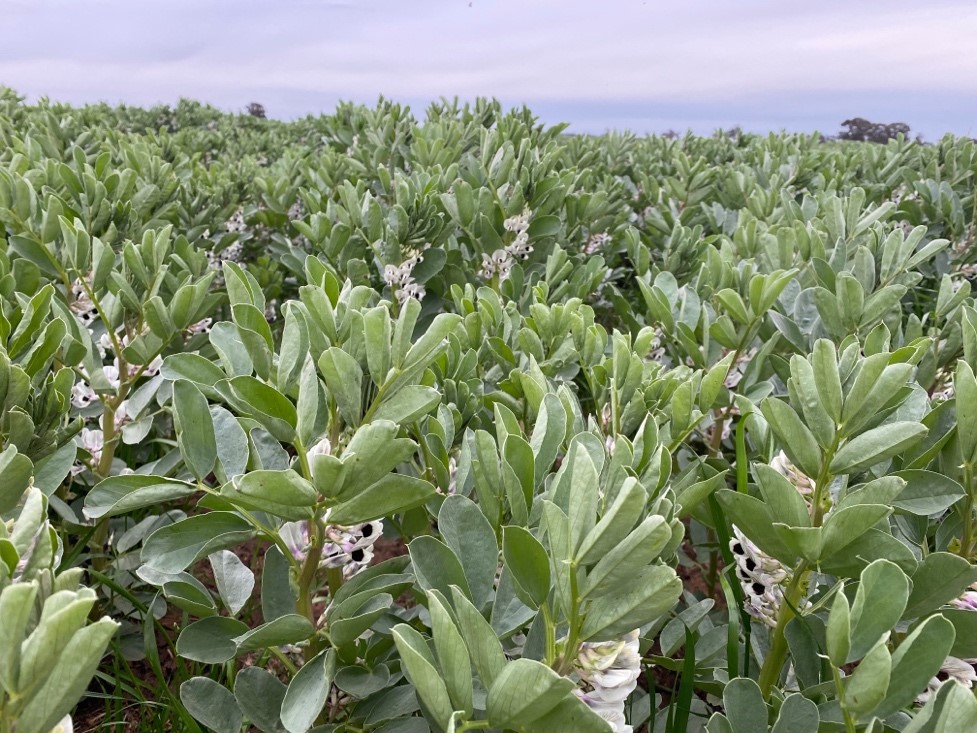After 30 years of development, enhanced by Australian breeding and industry programs, pulse crops are now mainstream.
Pulses are a grain legume produced for human consumption and they include lentils, faba bean, mungbean, field pea, chickpea and lupin.
Due to their high protein content, pulses are an essential dietary component for millions of people across the world.

Globally, Australian pulses have an enviable reputation for clean, quality grain with desired visual characteristics. As rapidly evolving food markets demand more plant protein, pulses will have an increasingly significant role to play.

Production
According to ABARES, Australia produces between 2 and 4.5 million tonnes of pulses every year.
Pulse production in Australia includes:
- Chickpea (0.2 to 2.0 million tonnes)
- Lentil (0.2 to 1.4 million tonnes)
- Lupin (0.6 to 1.0 million tonnes)
- Field pea (0.2 to 0.4 million tonnes)
- Faba and broad bean (0.2 to 0.7 million tonnes)
- Mung bean (0.1 to 0.2 million tonnes)
Exports
Pulses are grown in Australian crop rotations, with cereals and oilseeds, because of their ability to fix nitrogen in the soil and their contribution to sustainable and profitable farming practices.
Around 90% of Australia’s pulse production is exported and the majority of these products are used in food and food ingredients.
In 2020/21 Australia exported close to three million metric tonnes of pulses including chickpea (Desi and Kabuli), faba bean and broad bean, field pea (split and not split), lentil, mungbean and lupin (Australian Sweet and Albus).
Find out more about Australian pulses at the Australian Export Grains Innovation Centre (AEGIC).

Find out more details about the opportunities and challenges facing the Australian Pulse Industry to 2030 in the GRDC and Pulse Australia report: Raising the Pulse: The view to 2030 for Australian Pulses.

